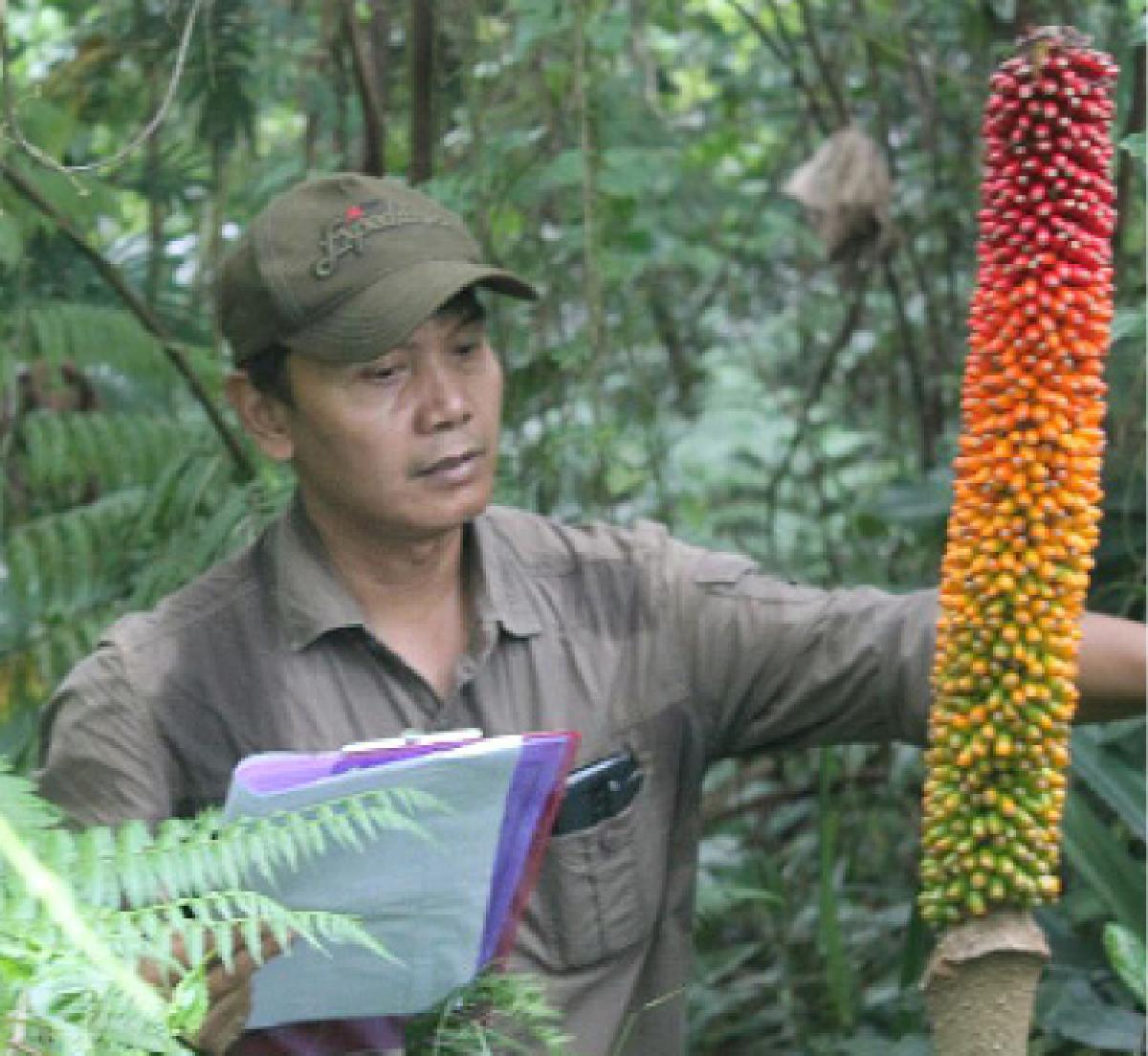Illustrations In Diversity
Friday, June 8, 2018
arsip tempo : 171406270639.

With only two days left to submit his work to the Margaret Flockton Award 2018, Ichsan Suwandhi had to draw quickly. After pondering briefly, he decided to draw the noni plant (Morinda citrifolia) in his backyard in Jatinangor, West Java.
Ichsan's drawing was the first and only submission from Indonesia in the botanical illustration competition, whose results were announced in May. Ichsan's work was ranked 24th out of the total 39 submissions from
...
Subscribe to continue reading.
We craft news with stories.
 For the benefits of subscribing to Digital Tempo, See More
For the benefits of subscribing to Digital Tempo, See More








